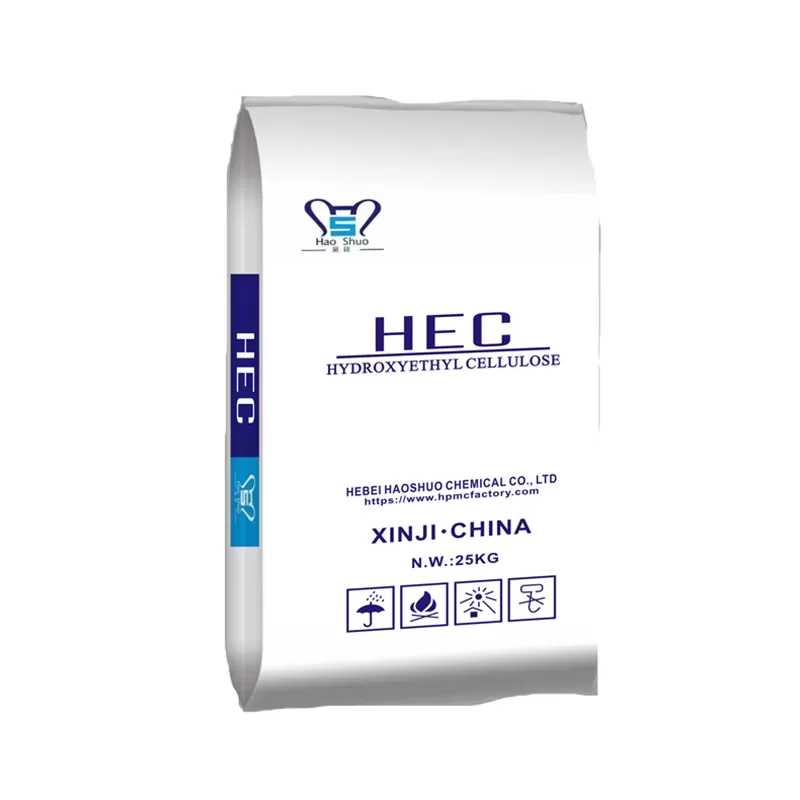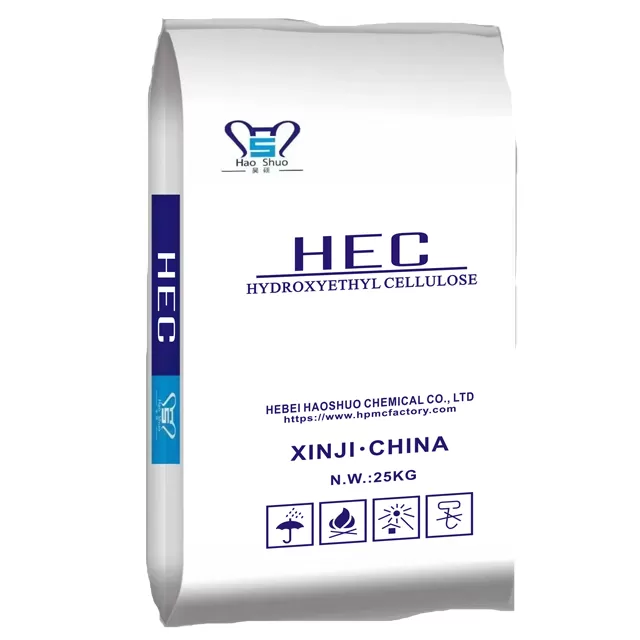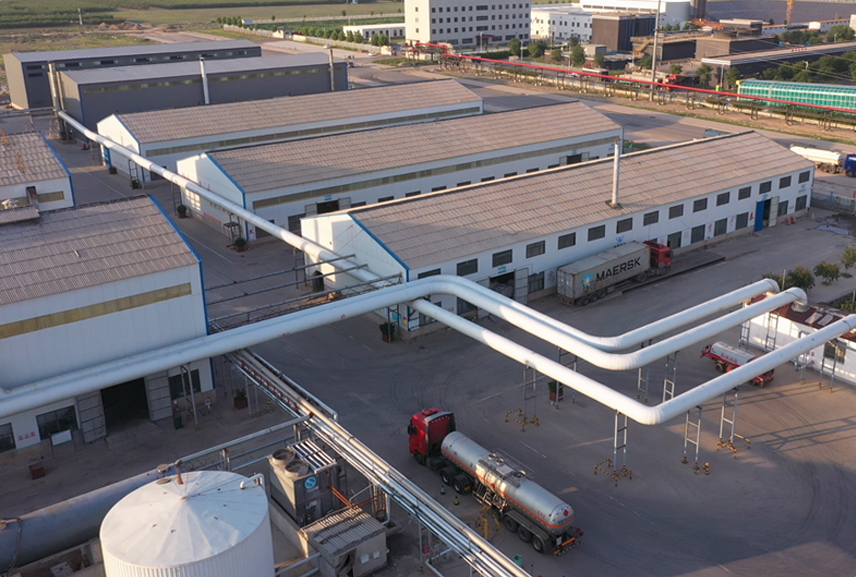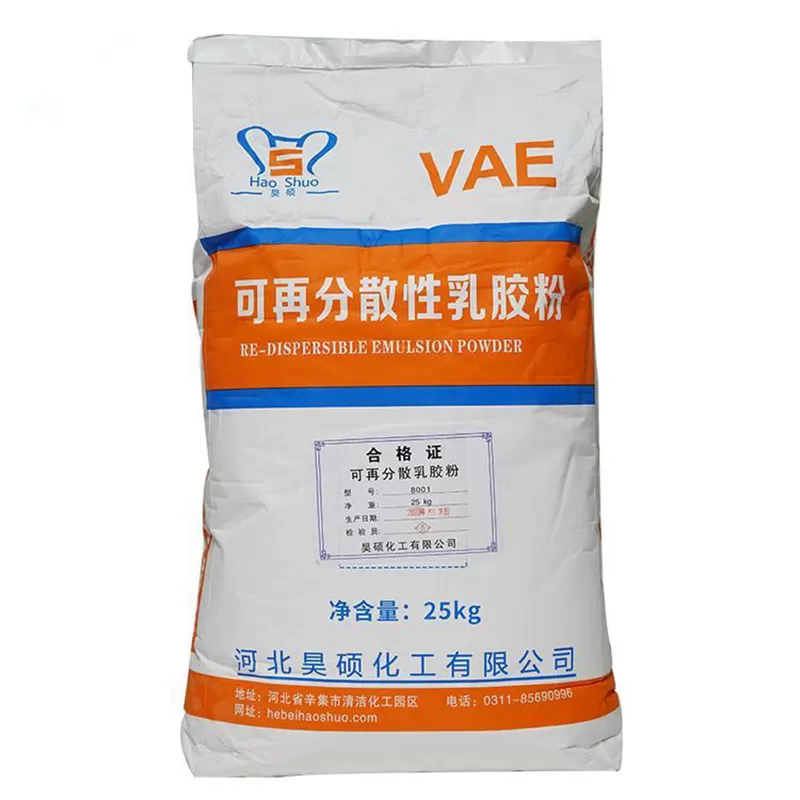1.The synthesis of latex and the formulation of water-based coatings
In the components of emulsion coatings, HEC (Hydroxyethyl Cellulose) from Haoshuo serves several important functions. It prevents the gelation of pigments, aids in pigment dispersion, stabilizes the latex, and can increase the viscosity of the components. HEC powder exhibits good compatibility with other materials in the formulation, such as pigments, additives, fillers, and salts. Coatings thickened with hydroxyethyl cellulose exhibit good rheological properties at various shear rates and possess pseudoplasticity. They can be applied using various methods such as brushing, rolling, or spraying. These coatings are easy to work with, as they are less prone to dripping, running, splattering, and have good leveling properties.
2.Oil drilling
In the context of oil drilling and extraction, high-viscosity HEC (Hydroxyethyl Cellulose) is primarily used as a thickening agent in drilling and completion fluids. Low-viscosity HEC is used as a fluid loss reducer. HEC powder serves as a thickening agent in various drilling, completion, cementing, and fracturing fluids, ensuring that mud has good flowability and stability. In drilling, it can enhance the mud's ability to carry rock cuttings and prolong the life of the drilling bit. In low-solids drilling and completion fluids, HEC's excellent water loss control properties help prevent significant water infiltration into the wellbore, improving wellbore stability.
3.Construction
Hydroxyethyl Cellulose HEC can be used in construction products such as concrete mixes, freshly mixed mortar, gypsum plaster, or other mortars to provide water retention during their construction process before setting and hardening. In addition to improving the water retention properties of construction products, HEC thickener can also extend the workability and open time of plaster or mortar. It helps reduce issues like skinning, slumping, and sagging.
HEC (Hydroxyethyl Cellulose) is an effective binder, thickener, stabilizer, and dispersant used in various hair care products such as shampoos, hair sprays, conditioners, and cosmetics. In these products, it helps improve the texture, consistency, and stability of formulations.
In addition, water soluble HEC is also utilized as an anti-redeposition agent in detergent powders. This means it helps prevent dirt and soil particles from reattaching to fabrics during the washing process, thus aiding in the overall cleaning efficiency of laundry detergents.
5.Macromolecule polymerization
HEC (Hydroxyethyl Cellulose) serves as a dispersing, emulsifying, suspending, and stabilizing agent in the polymerization or copolymerization components of synthetic resins. It can be used to protect colloids in these processes. Its key characteristics include strong dispersion capabilities, resulting in products with thin "skins" on particles, fine particle size, uniform particle shape, a loose structure, good flowability, high transparency, and ease of processing.
6.Other
Cellulose thickener HEC is used in pesticide emulsion and suspension formulations as a thickening agent for spray emulsions or suspensions. HEC powder is also employed in various other applications, including cleaning agents, polishing compounds, electroplating inks, insecticides, fire-resistant pencil materials, ceramics, cushion padding, tobacco products, welding fluxes, and cable filling compounds, where it serves as a water-resistant powder to prevent moisture infiltration into cables.
For more information about HEC, please click this article:Hydroxyethyl Cellulose (HEC): A Versatile Wonder in Modern Industry
Haoshuo is a manufacturer and supplier of architectural grade HEC (Hydroxyethyl Cellulose). The HEC powder produced by our company has the advantages of anti-biodegradation, excellent thickening and water retention, good water solubility and rheological control. We can also customize the formula according to your special needs to ensure that you get the most suitable HEC product for you.
Our own factory has a large-scale production capacity and can supply HEC powder products in large quantities. Please contact us for preferential prices!















